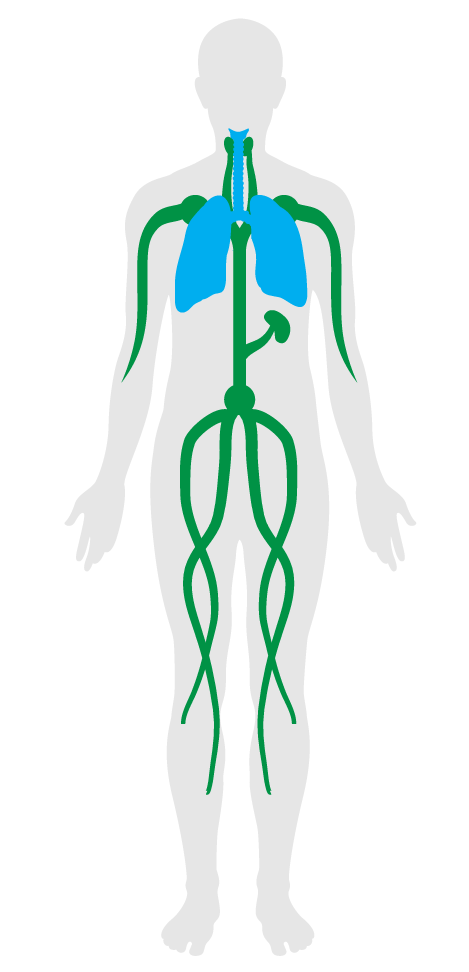Air infiltration management
Features/Air/Feature 14
- 01 Air quality standards
- 02 Smoking ban
- 03 Ventilation effectiveness
- 04 VOC reduction
- 05 Air filtration
- 06 Microbe and mold control
- 07 Construction pollution management
- 08 Healthy entrance
- 09 Cleaning protocol
- 10 Pesticide management
- 11 Fundamental material safety
- 12 Moisture management
- 13 Air flush
- 14 Air infiltration management
- 15 Increased ventilation
- 16 Humidity control
- 17 Direct source ventilation
- 18 Air quality monitoring and feedback
- 19 Operable windows
- 20 Outdoor air systems
- 21 Displacement ventilation
- 22 Pest control
- 23 Advanced air purification
- 24 Combustion minimization
- 25 Toxic material reduction
- 26 Enhanced material safety
- 27 Antimicrobial activity for surfaces
- 28 Cleanable environment
- 29 Cleaning equipment
- P9 Advanced cleaning
Air infiltration management
Intent:
To minimize air quality and thermal comfort issues resulting from the infiltration of untreated air through the building envelope.
BACKGROUND
Indoor air quality and thermal comfort can be compromised by leaks and gaps that break the building’s air barrier. These weak points are not only wasteful but can also lead to conditions conducive to growth of molds and the infiltration of pests or polluted air.
The following is performed after substantial completion and prior to occupancy to ensure the structure is airtight:
a.1
Envelope commissioning in accordance with ASHRAE Guideline 0-2005 and the National Institute of Building Sciences (NIBS) Guideline 3-2012 (for new construction or structural renovation).
b.
Detailed plan for action and remediation of unacceptable conditions.

